

Technique_No. 2
Ideation

MARCH , 2007
Elmar Mock is listening carefully as Peter elaborates excitedly on an idea
amid a sea of Post-it™ notes smothering
the walls . . .
. . . Peter works for a pharmaceutical group that has hired Elmar’s innovation consultancy, Creaholic, to help with a breakthrough product. The two men are part of a six-person innovation team holding a three-day offsite meeting.
The group is deliberately heterogeneous, a pastiche of different experience levels and backgrounds. Though all members are accomplished specialists, they joined the group not as technicians, but as consumers unsatisfied with the current state of affairs. Creaholic instructed them to leave their expertise at the door and carry it with them only as a “backpack” of distant memories.
For three days the six form a consumer microcosm and unleash their imaginations to dream up potential breakthrough solutions to a problem, unbridled by technical or financial constraints. Ideas collide and new thinking emerges, and only after generating a multitude of potential solutions are they asked to recall their expertise and pin down the three most promising candidates.
Elmar Mock boasts a long track record of breakthrough innovation. He is one of two inventors of the legendary Swatch watch. Since then, he and his team at Creaholic have helped companies such as BMW, Nestlé, Mikron, and Givaudan innovate successfully.
Elmar knows how difficult it is for established companies to innovate. Such firms require predictability, job descriptions, and financial projections. Yet real innovations emerge from something better described as systematic chaos. Creaholic has found a
way to master that chaos. Elmar and his team are obsessed by innovation.
IdeatIon
35
desIgn

IdeatIon
136
desIgn
Generating new Business Model Ideas
—
Mapping an existing business model is one thing; designing
a new and innovative business model is another. What’s needed is a creative process for generating a large number of business model ideas and successfully isolating the best ones. This process is called ideation. Mastering the art of ideation is crucial when it comes to designing viable new business models.
Traditionally, most industries were characterized by a dominant business model. This has changed radically. Today we enjoy many more choices when designing new business models. Today, different business models compete in the same markets, and boundaries between industries are blurring—or disappearing altogether.
One challenge we face when trying to create new business model options is ignoring the status quo and suspending concerns over operational issues so that we can generate truly new ideas.
Business model innovation is not about looking back, because the past indicates little about what is possible in terms of future business models. Business model innovation is not about looking
to competitors, since business model innovation is not about copying or benchmarking, but about creating new mechanisms to create value and derive revenues. Rather, business model innovation is about challenging orthodoxies to design original models that meet unsatisfied, new, or hidden customer needs.
To come up with new or better options, you must dream up a grab bag of ideas before narrowing them down to a short list of conceivable options. Thus, ideation has two main phases: idea generation, where quantity matters, and synthesis, in which ideas are discussed, combined, and narrowed down to a small number of viable options. Options do not necessarily have to represent disruptive business models. They may be innovations that expand the boundaries of your current business model to improve competitiveness.
You can generate ideas for innovative business models from several different starting points. We will look at two: epicenters of business model innovation using the Business Model Canvas, and “what if” questions.
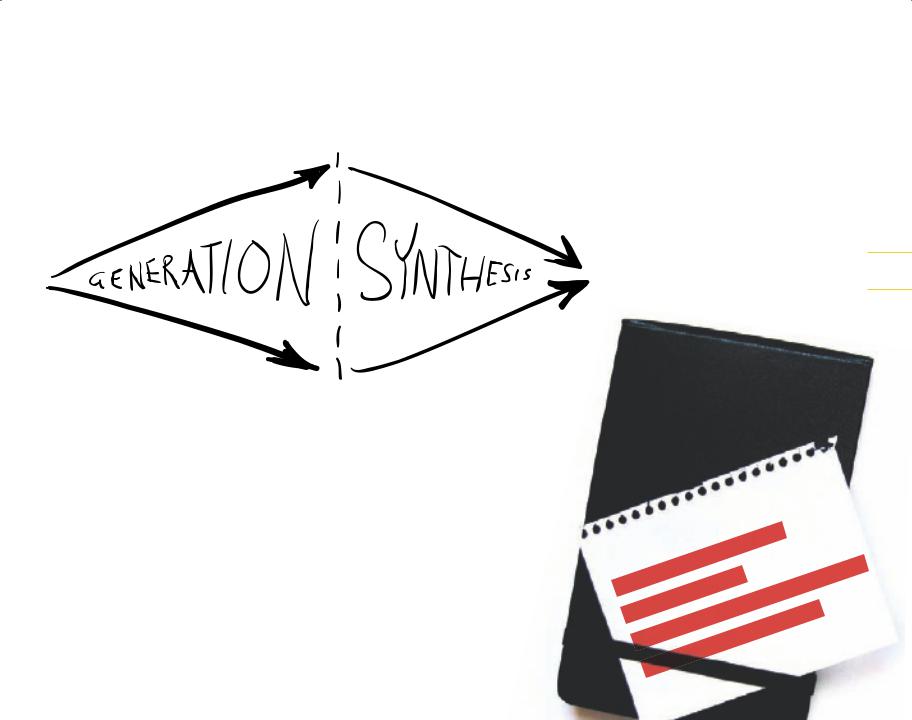
IdeatIon
137
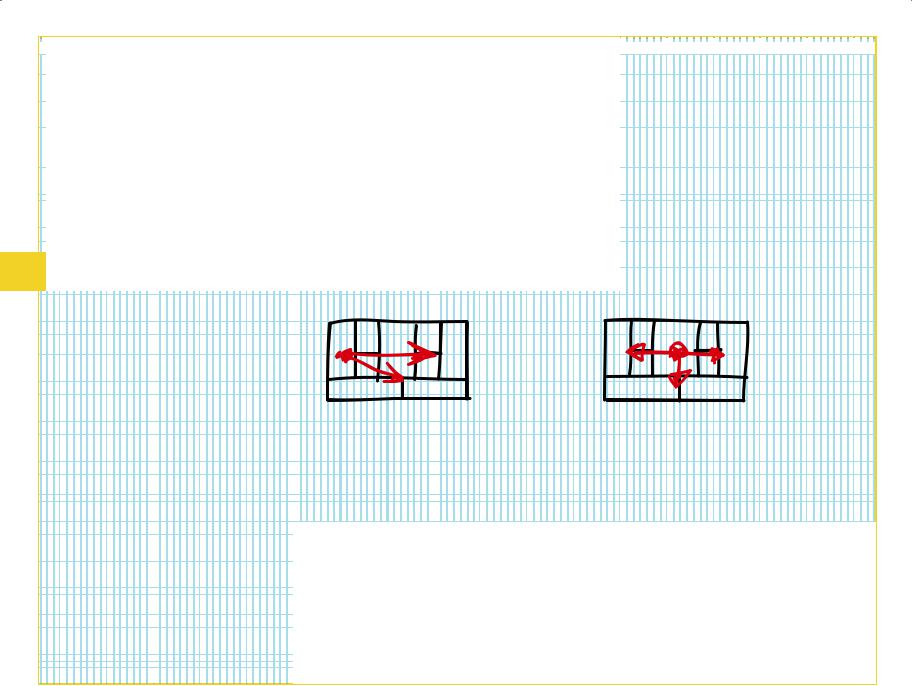

 Epicenters
Epicenters

 of
of
 Business
Business
 Model
Model
 Innovation
Innovation
















































IdeatIon
138138
Ideas for business model innovation can come from anywhere, and each of the nine business model building blocks can be a starting point. Transformative business model innovations affect multiple building blocks.
We can distinguish four epicenters of business model innovation: resource-driven, offer-driven, customer-driven, and finance-driven.
Each of the four epicenters can serve as the starting point for a major business model change, and each can have
a powerful impact on the other eight building blocks. Sometimes, business model innovation can emerge from several epicenters. Also, change often originates in areas identified through a SWOT analysis: an investigation of a business model’s strengths, weaknesses, opportunities, and threats (see p. 216).
desIgn
resource-driven |
offer-driven |
resource-driven innovations originate from an organization’s existing infrastructure or partnerships to expand or transform the business model.
Example: Amazon Web Services was built on top of Amazon.com’s retail infrastructure to offer server capacity and data storage space to other companies.
offer-driven innovations create new value propositions that affect other business model building blocks.
Example: When Cemex, a Mexican cement maker, promised to deliver poured cement to job sites within four hours rather than the 48 hour industry standard, it had to transform its business model. This innovation helped change Cemex from a regional Mexican player into the world’s second largest cement producer.
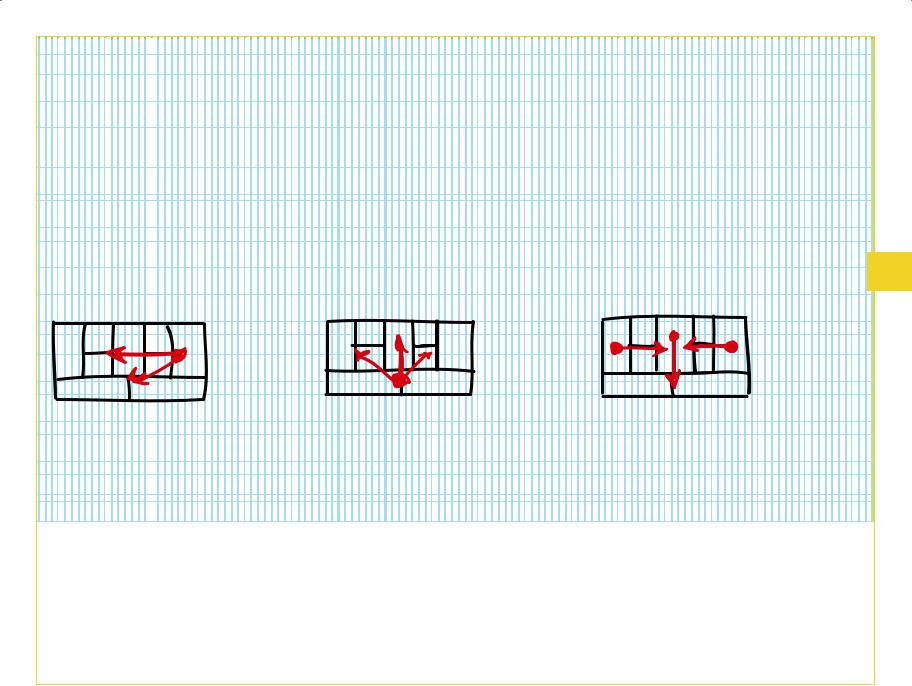
Customer-driven
Customer-driven innovations are based on customer needs, facilitated access, or increased convenience. Like all innovations emerging from a single epicenter, they affect other business model building blocks.
Example: 23andMe brought personalized DNA testing to individual clients—an offer previously available exclusively to health professionals and researchers, This had substantial implications for both the Value Proposition and the delivery of test results, which 23andMe accomplishes through mass-customized Web profiles.
Finance-driven
Innovations driven by new revenue streams, pricing mechanisms, or reduced Cost structures that affect other business model building blocks.
Example: When Xerox invented the Xerox 914 in 1958— one of the first plain paper copiers—it was priced too high for the market. So Xerox developed a new business model. It leased the machines at $95 per month, including 2,000 free copies, plus five cents per additional copy. Clients acquired the new machines and started making thousands of copies each month.
IdeatIon
139
desIgn
multiple-epicenter driven
Innovations driven by multiple epicenters can have significant impact on several other building blocks.
Example: Hilti, the global manufacturer of professional construction tools, moved away from selling tools outright and toward renting sets of tools to customers. This was a substantial change in Hitli’s Value Proposition, but also in its Revenue Streams, which shifted from onetime product revenues to recurring service revenues.
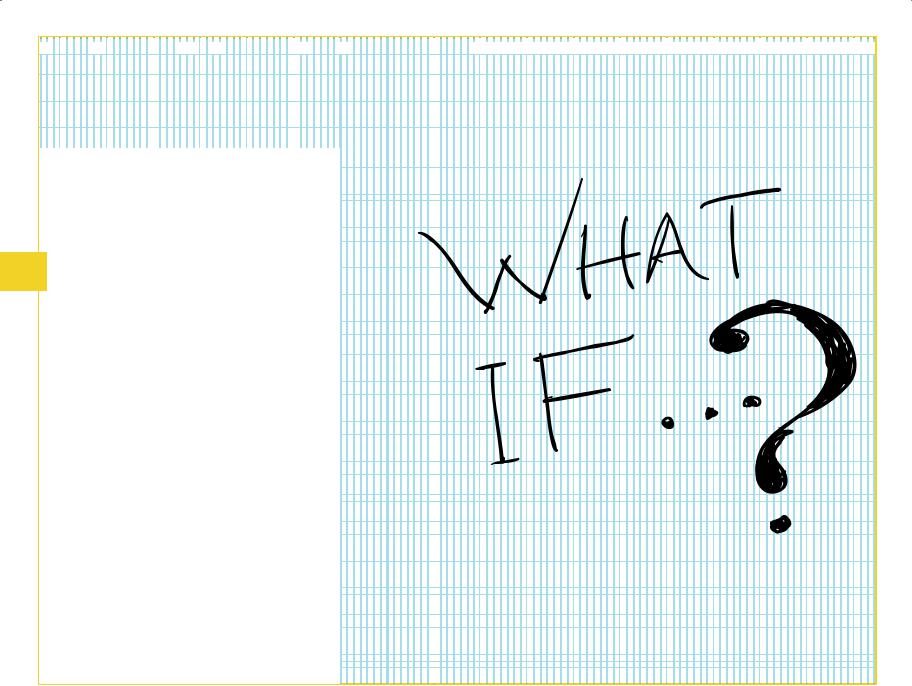

 The
The
 Power
Power
 of
of

 “What
“What
 If”
If”
 Questions
Questions




























































IdeatIon
140140
desIgn
We often have trouble conceiving innovative business models because we are held back in our thinking by the status quo. The status quo stifles imagination. One way to overcome this problem is to challenge conventional assumptions with “what if” questions. With the right business model ingredients, what we think of as impossible might be just doable. “What if” questions help
us break free of constraints imposed by current models. They should provoke us and challenge our thinking. They should disturb us as intriguing, difficult-to-execute propositions.
Managers of a daily newspaper might ask themselves: What if we stopped our print edition and went to entirely digital distribution, through Amazon’s Kindle e-book reader or through the Web? This would allow the newspaper to drastically reduce production and logistics costs, but would require making up lost print advertising revenues and transitioning readers to digital Channels.
“What if” questions are merely starting points. They challenge us to discover the business model that could make their suppositions work. Some “what if” questions may remain unanswered because they are too provocative. Some may simply need the right business model to become reality.

. . . furniture buyers picked up components in flat pack form from a large warehouse and assembled the products themselves in their homes? What is common practice today was unthinkable until IKEA introduced the concept in the 1960s.
. . . airlines didn’t buy engines for their airplanes, but paid for every hour an engine runs? That is how Rolls-Royce transformed itself from a money-losing British manufacturer into a service firm that today is the world’s second biggest provider of large jet engines.
. . . voice calls were free worldwide? In 2003 Skype launched a service that allowed free voice calling via the Internet. After five years Skype had acquired 400 million registered users who collectively had made 100 billion free calls.
. . . car manufacturers didn’t sell cars, but provided mobility services? In 2008 Daimler launched car2go, an experimental business in the German city of Ulm. Car2go’s fleet of vehicles allows users to pick up and drop off cars anywhere in the city, paying by- the-minute fees for mobility services.
. . . individuals could lend money to each other rather than borrowing from banks? In 2005, U.K.-based Zopa launched a peer-to-peer lending platform on the Internet.
. . . every villager in Bangladesh had access to a telephone? That is what Grameenphone set out to achieve under a partnership with micro-finance institution Grameen Bank. At the time, Bangladesh still had the world’s lowest tele-density. Today Grameenphone is Bangladesh’s largest taxpayer.
IdeatIon
141
desIgn
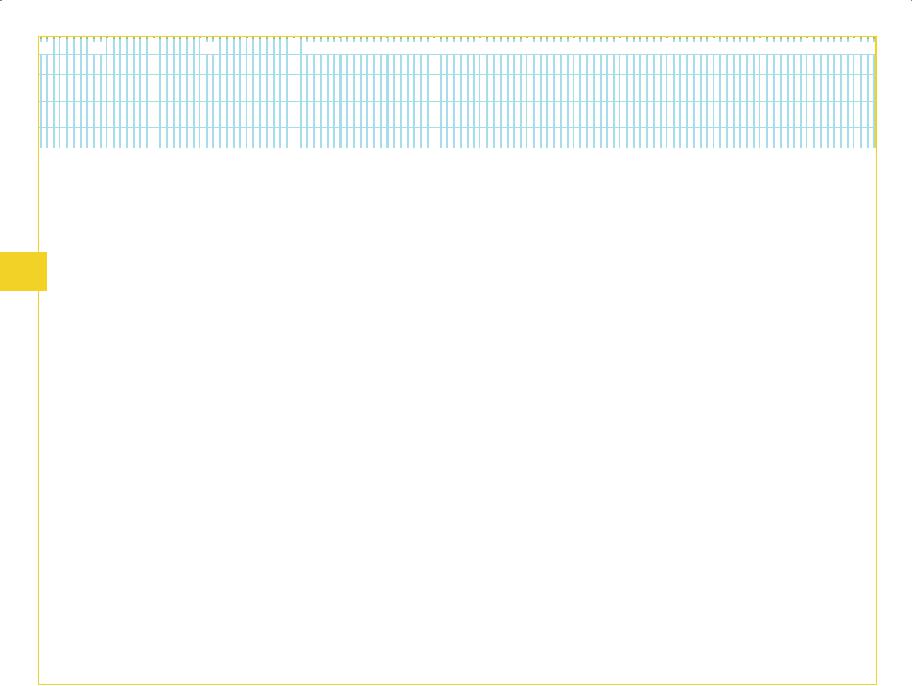

 The
The
 Ideation
Ideation
 Process
Process





















































































IdeatIon
142142
desIgn
The ideation process can take several forms. Here we outline a general approach to producing innovative business model options:
1. team composition
Key question: Is our team sufficiently diverse to generate fresh business model ideas?
Assembling the right team is essential to generating effective new business model ideas. Members should be diverse in terms of seniority, age, experience level, business unit represented, customer knowledge, and professional expertise.
2. immersion
Key question: Which elements must we study before generating business model ideas?
Ideally the team should go through an immersion phase. which could include general research, studying customers or prospects, scrutinizing new technologies, or assessing existing business models. Immersion could last several weeks or could be as short as a couple of workshop exercises (e.g. the Empathy Map).
3. expanding
Key question: What innovations can we imagine for each business model building block?
During this phase the team expands the range of possible solutions, aiming to generate as many ideas as possible. Each of the nine business model building blocks can serve as a starting point. The goal of this phase is quantity, not quality. Enforcing brainstorming rules will keep people focused on generating ideas rather than on critiquing too early in the process (see p. 144).
4. criteria selection
Key question: What are the most important criteria for prioritizing our business model ideas?
After expanding the range of possible solutions, the team should define criteria for reducing the number of ideas to a manageable few. The criteria will be specific to the context of your business, but could include things such as estimated implementation time, revenue potential, possible customer resistance, and impact on competitive advantage.
5. “prototyping”
Key question: What does the complete business model for each shortlisted idea look like?
With criteria defined, the team should be able to reduce the number of ideas to a prioritized shortlist of three to five potential business model innovations. Use the Business Model Canvas to sketch out and discuss each idea as a business model prototype (see p. 160).
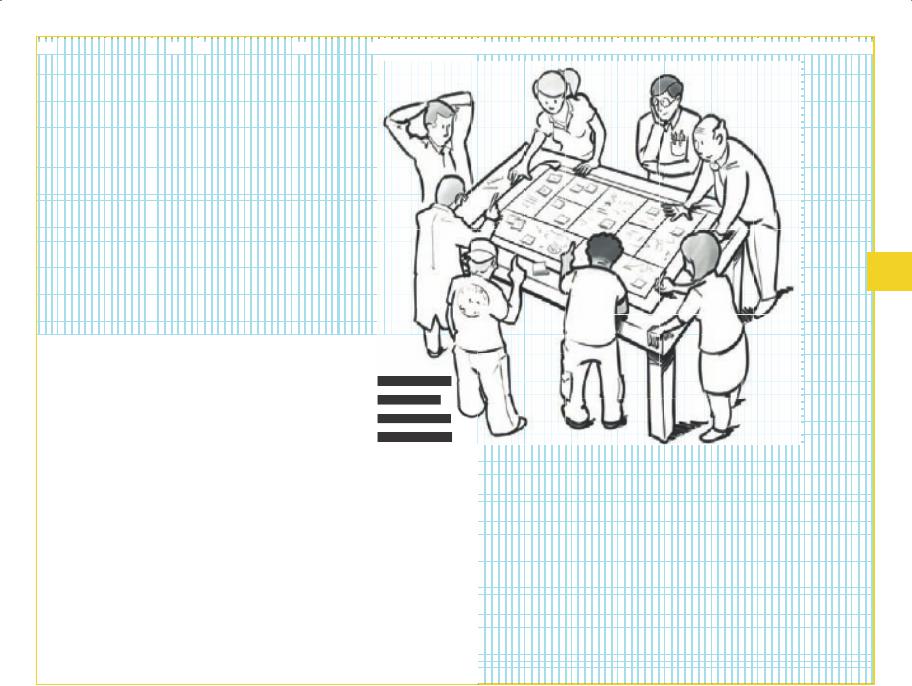


 Assemble
Assemble
 a
a Diverse
Diverse
 Team
Team












































































The task of generating new ideas should not be left exclusively to tho sidered to be “creative types.” Ideation is a team exercise. In fact, by
sidered to be “creative types.” Ideation is a team exercise. In fact, by  business model innovation requires the participation of people from
business model innovation requires the participation of people from  organization. Business model innovation is about seeking to create
organization. Business model innovation is about seeking to create  new business model building blocks and forging innovative links between blocks. This can involve all nine blocks of the canvas, whether Distribution Channels, Revenue Streams, or Key Resources. Thus it requires input and ideas from people representing multiple areas.
new business model building blocks and forging innovative links between blocks. This can involve all nine blocks of the canvas, whether Distribution Channels, Revenue Streams, or Key Resources. Thus it requires input and ideas from people representing multiple areas.
That’s why assembling the right task force is a critical prerequisite for generating new business model ideas. Thinking about business model innovation should not be confined to the R&D unit or the strategic planning office. Business model innovation teams should have a diverse membership. The diversity will help you generate, discuss, and select new ideas. Consider adding outsiders, or even children. Diversity works. But make sure to teach people how to listen actively, and consider engaging a neutral facilitator for key meetings.
IdeatIon
143
desIgn
A diverse business model innovation team has members . . .
•from various business units
•of different ages
•with different areas of expertise
•of differing levels of seniority
•with a mixture of experiences
•from different cultural backgrounds

IdeatIon
144144
desIgn
Brainstorming Rules
Successful brainstorming requires following a set of rules. Enforcing these rules will help you maximize the number of useful ideas generated.
Stay focused
Start with a well-honed statement of the problem at hand. Ideally, this should be articulated around a customer need. Don’t let the discussion stray too far; always bring it back to the problem statement.
Enforce rules
Clarify the brainstorming rules upfront and enforce them. The most important rules are "defer judgment," "one conversation at a time," "go for quantity," "be visual," and "encourage wild ideas." Facilitators should enforce the rules.
Think visually
Write ideas down or sketch them out on a surface everyone can see. A good way to collect ideas is to jot them down on Post-it™ notes and stick these to a wall. This allows you to move ideas around and regroup them.
Prepare
Prepare for brainstorming with some sort of immersion experience related to the problem at hand. This could be a field trip, discussions with customers, or any other means of immersing the team in issues related to your problem statement.
Adapted from an interview with Tom Kelley of IDEO in Fast
Company magazine: "Seven Secrets to Good Brainstorming"
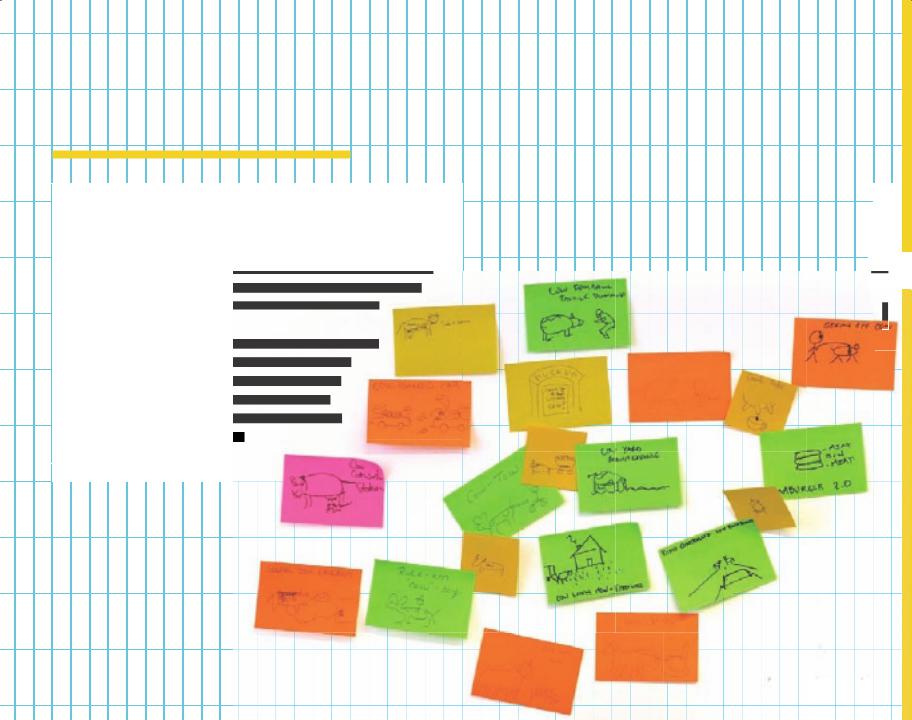
Warm-Up:
The Silly Cow Exercise
To get your team’s creative juices flowing, it can be helpful to start an ideation session with a warm-up such as the Silly Cow exercise. Here’s how it works: Instruct participants to sketch out three different business models using a cow. Ask them to first define some characteristics of a cow (produces milk, eats all day, makes a mooing sound, etc.). Tell them to use
innovative business model based on
Keep in mind that this exercise can But it has been tested with senior managers, and entrepreneurs, and The goal is to take people out of their routines and show them how readily by disconnecting from orthodoxies  letting their creativity flow.
letting their creativity flow.
aCtIVIty
145145
